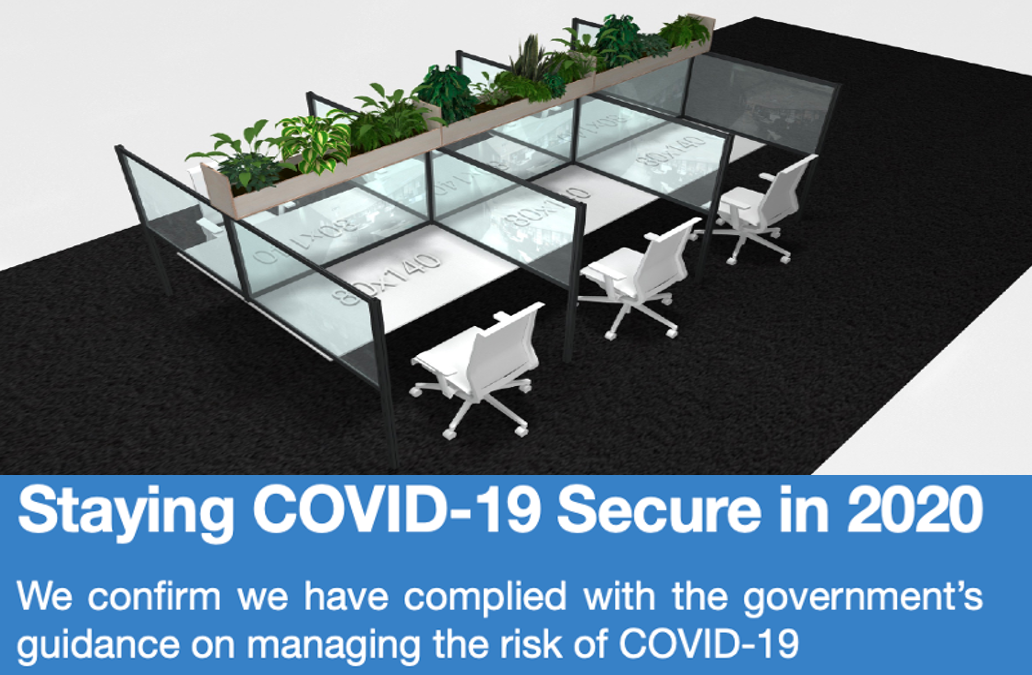Over the last couple weeks, Krescendo duly carried out the recommended COVID-19 risk assessment, in preparation for the gradual resumption of office life.
I don’t know about you but audits and risk assessments arouse conflicting emotions in me:
- initially, a sense of dread as I think of the efforts associated with structuring the exercise (greatly helped by the good government documentation in this case), providing robust responses to all relevant control issues (there’s always more than you initially think), consolidating the results and taking the necessary actions (not to forget procedural adjustments for continuous improvement);
- once committed and knee-deep, however, as issues are properly recognised, organised and addressed, the initial discomfort morphs into relief and satisfaction of doing the right thing.
Conscious of the specific nature of each company’s circumstances, I’ll stick to a few considerations that others might find useful, on the principles we followed and the approach we took.
Principles
Before any guidelines were issued, we sought to define key principles to inform our decision making with regards to “returning to office work”, and to communicate them in advance to all employees. This is what we came up with:
- CHOICE – only come to office if permitted by Government and you feel safe
- SAFETY– office environment upgrades and reviews to mitigate health risk
- FLEXIBILITY– staged approach, simple rules, no fixed rotas
It was clear from the outset that, having demonstrated to ourselves and our clients that work-from-home is viable without any material drops in productivity, no employee should be pressured into travelling to the office unless they feel safe.
For those whose choice would be to work from the office, we decided that – over and above any government-mandated measures – plexiglas partitions and air purifier+monitor units would add to the sense of safety.
I was impressed with Skyline‘s responsiveness on providing a suitable design, sourcing the materials and planning the installation for the partitions. For the air purifier, we found this article (recent but, importantly, pre-covid-19) and this information paper (from the established provider we used) useful in informing our decision.
Approach
For all the talk on the quality of Government communication during this critical times, I found the Guidelines for Offices and Contact Centres (released in conjunction with the “Stay Alert” announcement) a well structured, clear and helpful tool.
Section by section, the potential risks and minimum requirements to mitigate them are set out as a comprehensive template against which it is easy to map one’s own assessment.
As we went through this material, I found that our competence and foresight was spot-on with regards to the office unit; however, as residents in a tower, we greatly benefited from the guidelines in engaging with Building Management for essential aspects such as flow of people in and out, handling of post, lifts, lavatories, sanitary measures.
Finally, in the spirit of “track and trace”, the assessment exercise highlighted the need for an online register where all employees could record, at any time, any specific concerns, notifications, requests, activity related to this emergency.
We used our own platform, LiveDataset, not only to create the register but to manage and record our own risk assessment. This, in fact, is a space where the platform can make a real different in distributed organisations, as I explained in an earlier article.
Stay safe… and keep moving!


